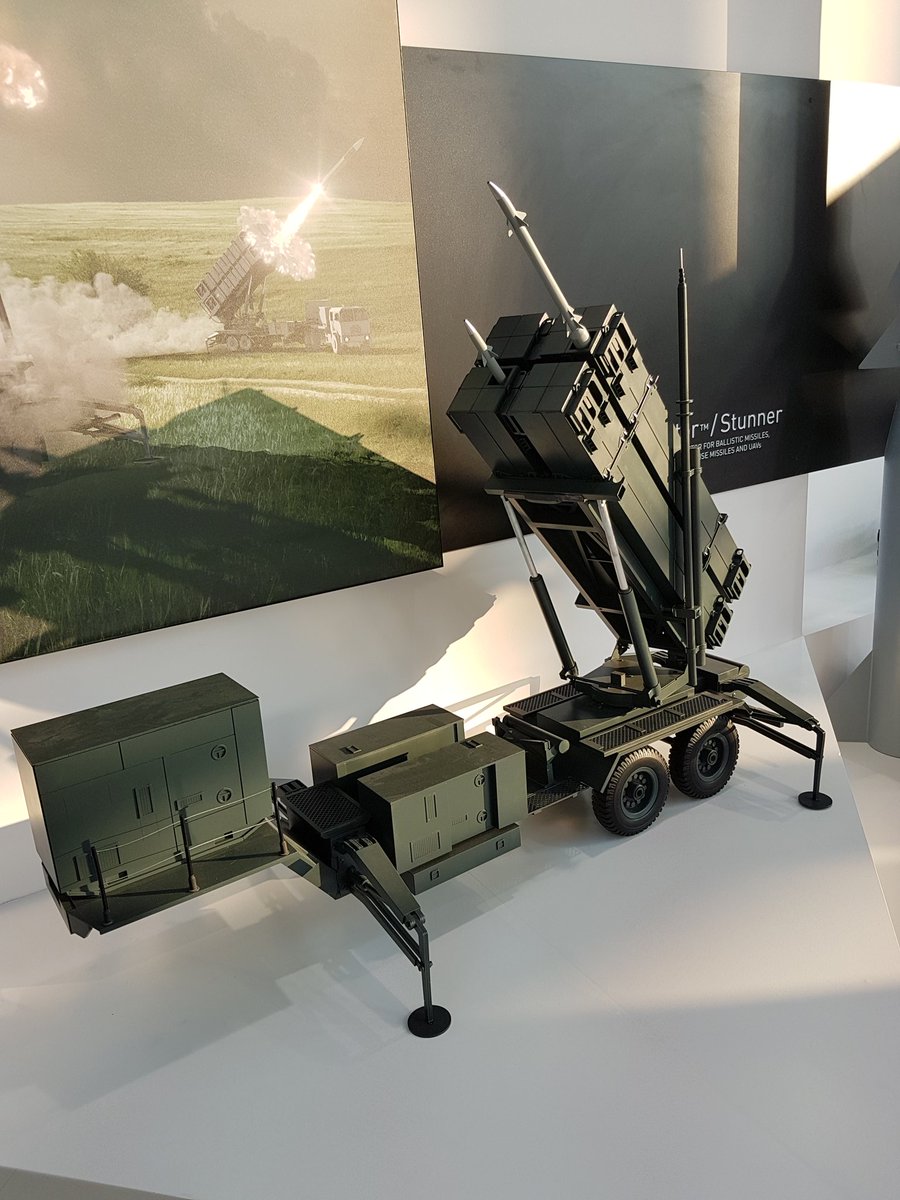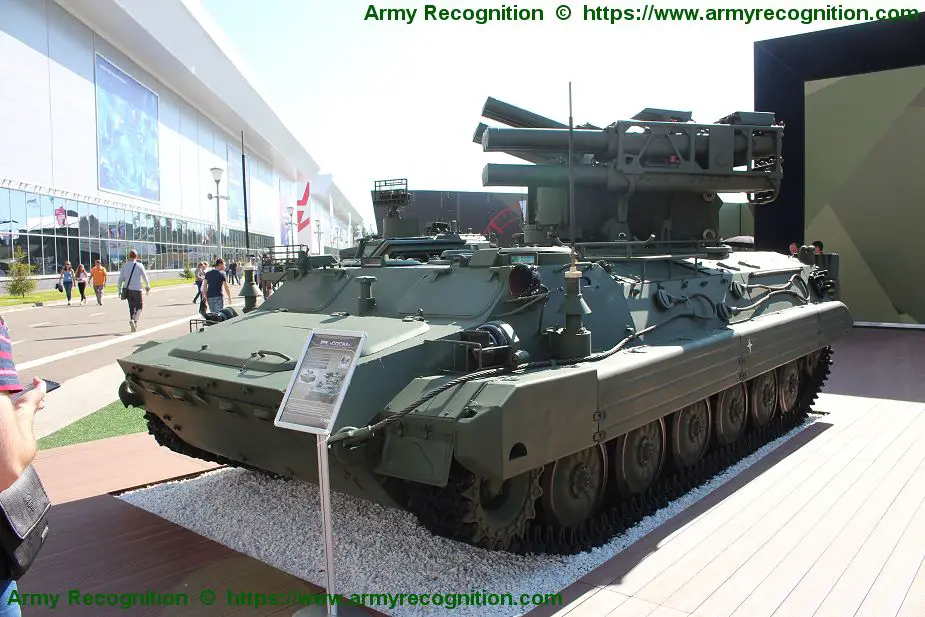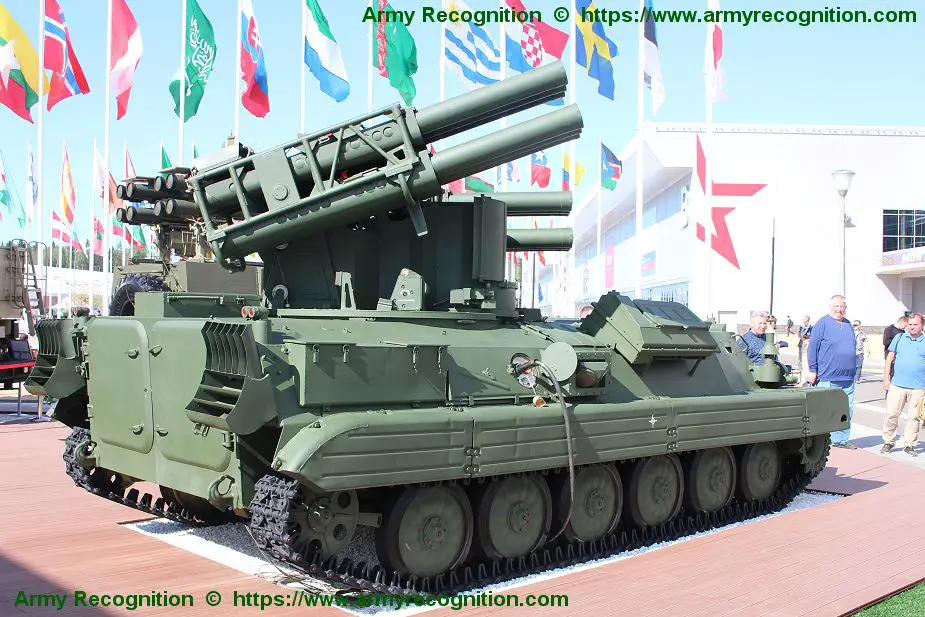Umkhonto
Ylipäällikkö
Näitä heti paikallisilmatorjuntarykmenteille. Ei vihulaisen speztnazit pääse hekolla ujuttautumaan kimppuun.
Unohtamatta myöskään maakuntavalmiusilmatorjuntapattereita

Follow along with the video below to see how to install our site as a web app on your home screen.
Note: This feature may not be available in some browsers.
Näitä heti paikallisilmatorjuntarykmenteille. Ei vihulaisen speztnazit pääse hekolla ujuttautumaan kimppuun.

Miksi Suomi ei hanki ylivoimaisen mahtavaa ja täydellisen suojan tarjoavaa järjestelmää vaan ostaa jotain toimimatonta nasamsia?
Varmasti hyvä järjestelmä mutta ei arabien käsissä.Miksi Suomi ei hanki ylivoimaisen mahtavaa ja täydellisen suojan tarjoavaa järjestelmää vaan ostaa jotain toimimatonta nasamsia?
Väärästå ilmansuunnasta. Toisaalta hyvä niin, koska takaportti mahdollisuus.Muistaakseni noita on ollut ainakin kerran tarjolla meillekin ja silloin eivät vakuuttaneet IT puolen upseereita.
Tämä propaganda pläjäys olisi voinut ottaa kantaa myös Israelin tuhoamaan Tor vaunuun.Miksi Suomi ei hanki ylivoimaisen mahtavaa ja täydellisen suojan tarjoavaa järjestelmää vaan ostaa jotain toimimatonta nasamsia?
Miksi Suomi ei hanki ylivoimaisen mahtavaa ja täydellisen suojan tarjoavaa järjestelmää vaan ostaa jotain toimimatonta nasamsia?
...


"but also inject another 10 years of life into the missiles. "
Mites noi meidän stingerit? Jos tuolla päivityksellä saadaan 10 vuotta lisää aikaa ohjuksille.
Pantsir S-1 mielenkiintoista juttua, omakehukin taitaa hiukan haista =)
Pantsir. Combat approved. Varmaankin by Israeli Air ForceAinoa tuhottukin oli Syyrian erikoistapaus, joka oli joko pois päältä tai ammukset lopussa! Kyllä venäläisen sanaan voi luottaa, markkinamiehen sanaan voi luottaa, mutta erityisesti venäläisen markkinamiehen!

Pantsir. Combat approved. Varmaankin by Israeli Air Force



https://www.armyrecognition.com/wea...tem_will_enter_soon_in_serial_production.htmlThe new Russian-made Sosna short-range air defense (SHORAD) system will soon enter in serial production, according to Designer General of the vehicle Vladimir Ukleyev. The Sosna is based to the hull of the multi-purpose tracked armored vehicle MT-LB.
"The new mobile air defense system Sosna has already passed through the state trials. Ii is designed to replace the Strela-10 short-range surface-to-air missile (SAM) system [NATO reporting name: SA-13 Gopher] in service with the Russian Armed Forces. The manufacturing capabilities of the industry are now being prepared for the serial manufacturing of the Sosna SHORAD system," Ukleyev said.
The Sosna features modular architecture, which allows integration of the system`s combat module with various types of chassis with a payload capacity of no less than 3.5 t, including the BTR-82A armored personnel carrier, BMP-2 and BMP-3 infantry fighting vehicles, and BMD-4 airborne infantry fighting vehicle. The Sosna can be embedded in various automated command-and-control (C2) systems
The baseline variant of the SHORAD system is based on the MTLB tracked transporter. The Sosna has been fitted with a digital computing subsystem and works in automatic and semi-automatic modes. The system`s sensor suite incorporates optoelectronic units, which drastically reduce the signature of the Sosna on the battlefield. Thus, the new SHORAD system features a laser rangefinder, laser missile control (LMC) subsystem, TV camera, and thermal imager, with the rangefinder and LMC subsystem mounted on a gyrostabilized platform. The integration of the LMC unit has resulted in the increasing of the Sosna`s target engagement range to 10 km. The system has a reaction time of nearly 5-6 seconds.
The unmanned combat module of the Sosna carries twelve ready-use Sosna-R SAMs in two six-cell pods. The containerized missile weighs 42 kg and has a length of 2.4 m. The Sosna-R features a speed of up to 875 m/s and can engage aerial targets flying at an altitude of up to 5 km at a speed of 100 m/s (helicopters), 250 m/s (cruise missiles), and 300 m/s (fixed-wing aircraft). "The Sosna-R SAM can also hit unmanned aerial vehicles (UAVs)," an industrial source told TASS.
It should be mentioned that the Sosna SAM system does not require a transport-loader vehicle. "It takes some 10 minutes to reload all the twelve missiles of the combat module," the source added.
The Soviet/Russian Armed Forces have been using the Strela-10 family of short-range SAM systems since the late 1970s. According to the Military Balance 2018 analytical book published by the London-based International Institute for Strategic Studies (IISS), the Land Forces (SV) still operate 400 9K35M3 Strela-10M3 (SA-13 Gopher) SHORAD systems.
Rupesin aikani kuluksi kertailemaan Boforssin 40mm tykin kantavuutta erilaisiin maaleihin. Wikipedia antaa hieman erilaisia lukemia. Ja vanha muistikuvani Sa-Int:n jakamasta monisteesta on että ilmamaaleihin yllettäisiin jopa 4000m asti.
Mitä mallia tarkoitat? Sodanaikaisella ei kannattanut ampua juuri yli 2000 metrin, Nykyisen laivastoversion kantama on parempi.
